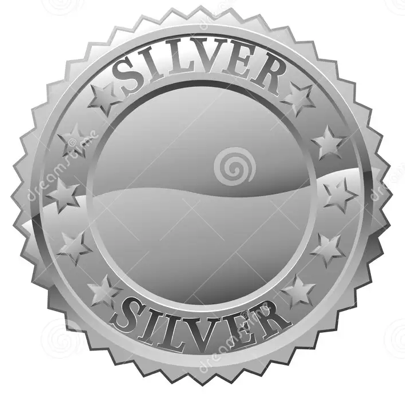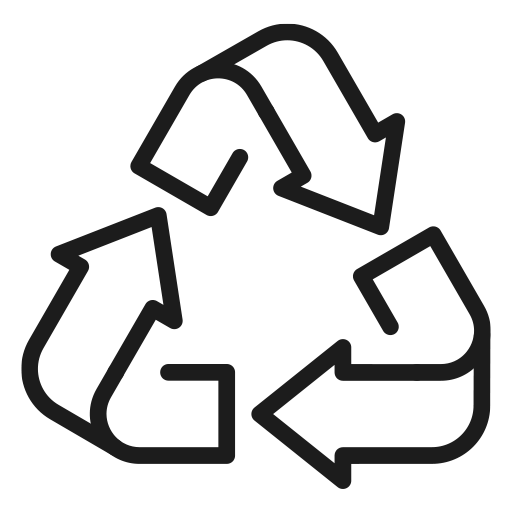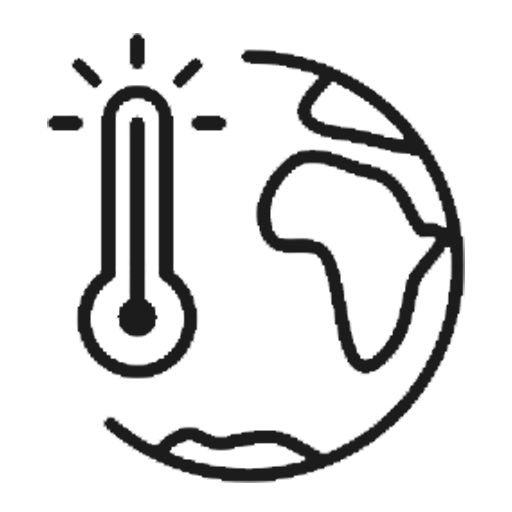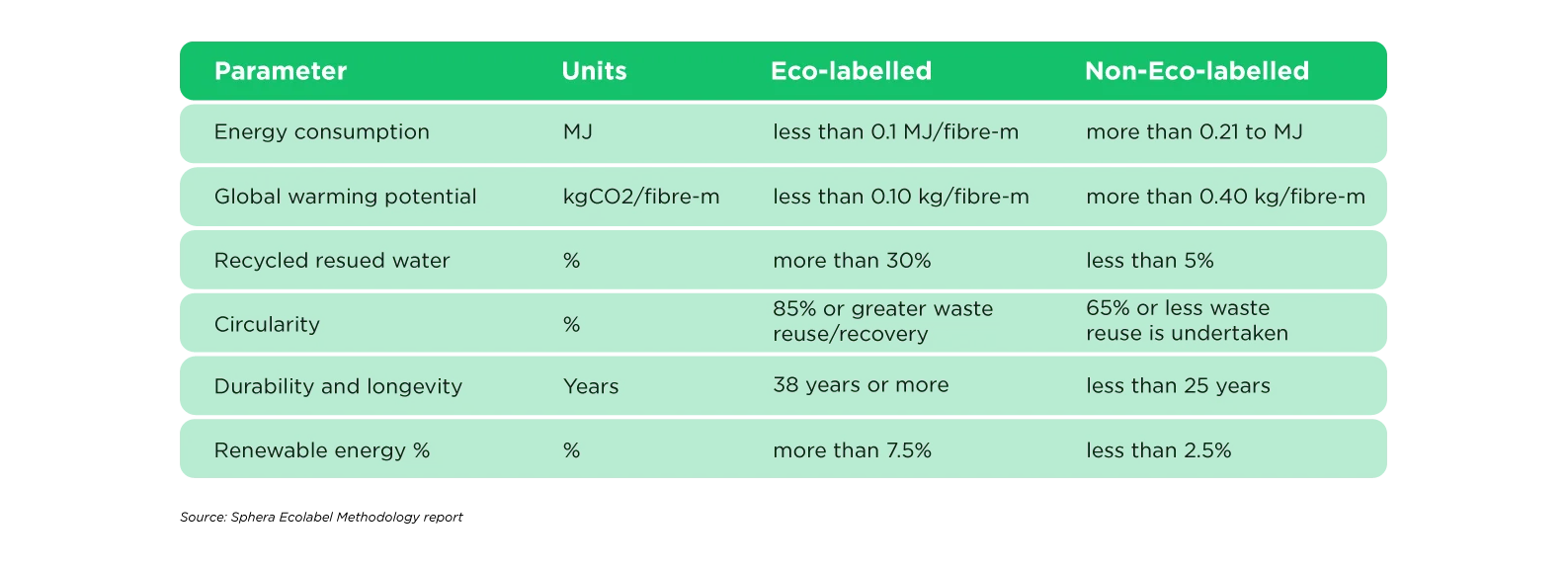Internet and digital networks are responsible for ~3.7% of global carbon emissions, thereby significantly contributing to global climate change. STL’s business strategy centres around sustainability, driving the development of eco-friendly products and community transformation.
STL has become the ‘first in the world’ to launch a range of Eco-labelled Certified Optical Products. This range of optical products is recognised by US-based Sphera, an ESG performance consulting services company, and verified by Metsims Sustainability Consulting, a global sustainability consulting firm. Elevating STL’s commitment to sustainability, the Eco-label methodology has been executed in strict adherence to the globally recognised ISO 14024 standards and guidelines set forth by the European Union. STL’s optical products’ performance has been rated in ‘Gold’ category. As bonafide sustainable and low carbon footprint. this is a huge achievement which attests to STL’s ingenious green practices in an era where greenwashing is very common. This credible third-party certification places STL’s sustainability efforts in environmental leadership criteria.
STL’s range of optical products follows the highest standards of health and environmental safety and has been certified by prestigious global bodies like RoHS, REACH and POP.

1st globally in optical fiber cable industry with an externally verified methodology
In-line with ISO14024, ISO14025 (eco-label type II & EPDs)

Quantified metrics for parameters being graded
SoP to ensure eco-designing of products rather than re-design

In-house resources to be trained on grading & verification

External verification from third party agency and expert

76 Scored Rated as sustainable product

70 scored Rated as average product
This breakthrough methodology is based on comprehensive assessment. It covers the complete lifecycle of products and quantitatively measures the following parameters:

In order to identify primary energy demand for the manufacturing of cable, benchmarking is carried out to identify the average material efficiency of similar optical fibre cables.

The company must have a renewable electricity strategy and targets for achieving 100% Renewable Energy.

The lower the consumption of fresh water, the better it is for the environment, especially in the water-scarce regions.

STL promotes Zero Liquid Discharge across all of the manufacturing locations in India .

The goal is to identify total emissions during the life of the cable. Benchmarking is carried out to identify the average material efficiency of similar optical fibre cables.

The goal is to identify waste disposed of during the manufacturing of cable. Benchmarking is carried out to identify the average material efficiency of similar optical fibre cables.

The Eco-label project aimed to set a benchmark to identify green, sustainable, and low-carbon emission Optical fibre products. STL’s Eco-label framework ensures that the methodology is robust and holistic in its approach, from sourcing raw materials to selling finished products.
STL’s approach promotes sustainable sourcing, clean energy use, and resource optimisation and further emboldens STL’s 2030 goal of Net-zero emissions.
The eco-label certification for our optical products not only underscores our unwavering dedication to environmental sustainability but also serves as a tangible testament to our ongoing efforts towards our shared responsibility to people and the planet.
Please wait while you are redirected to the right page...
